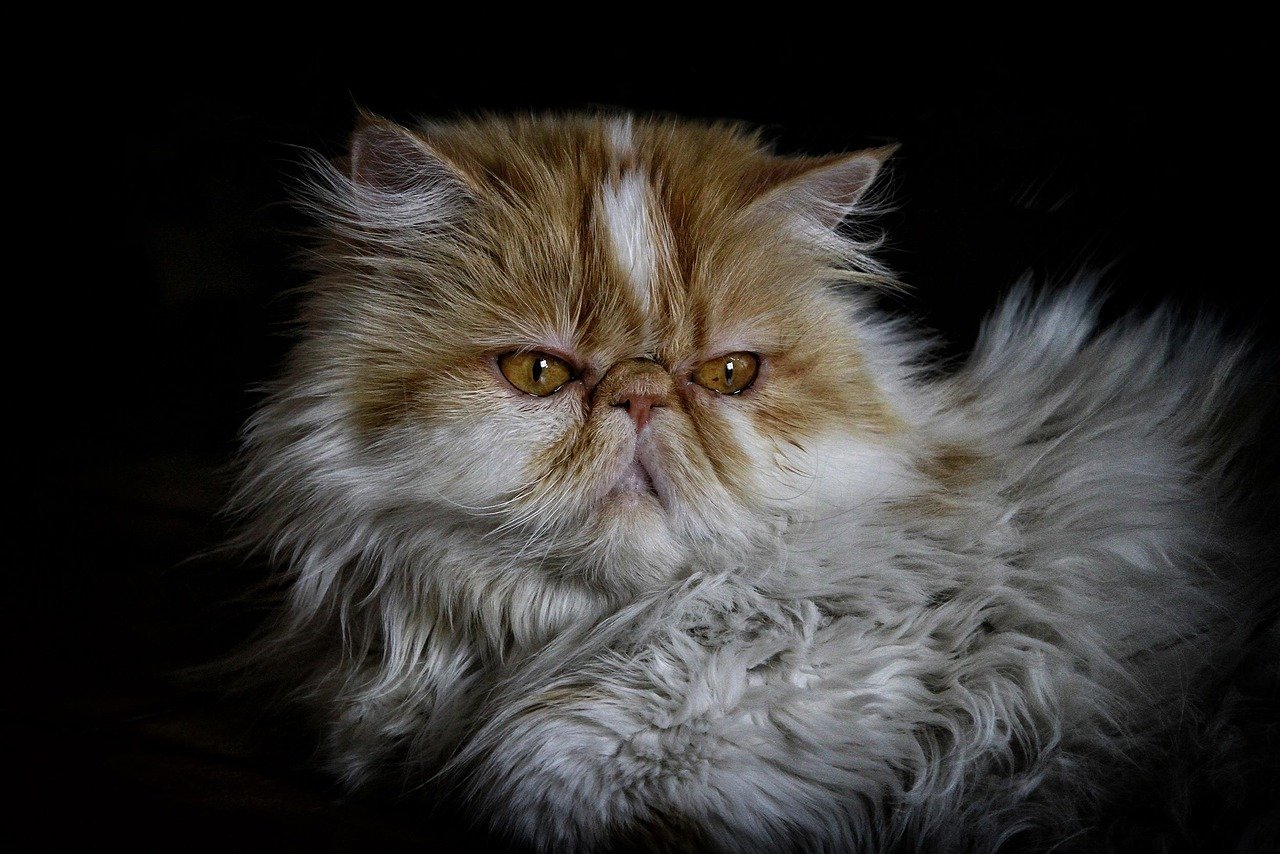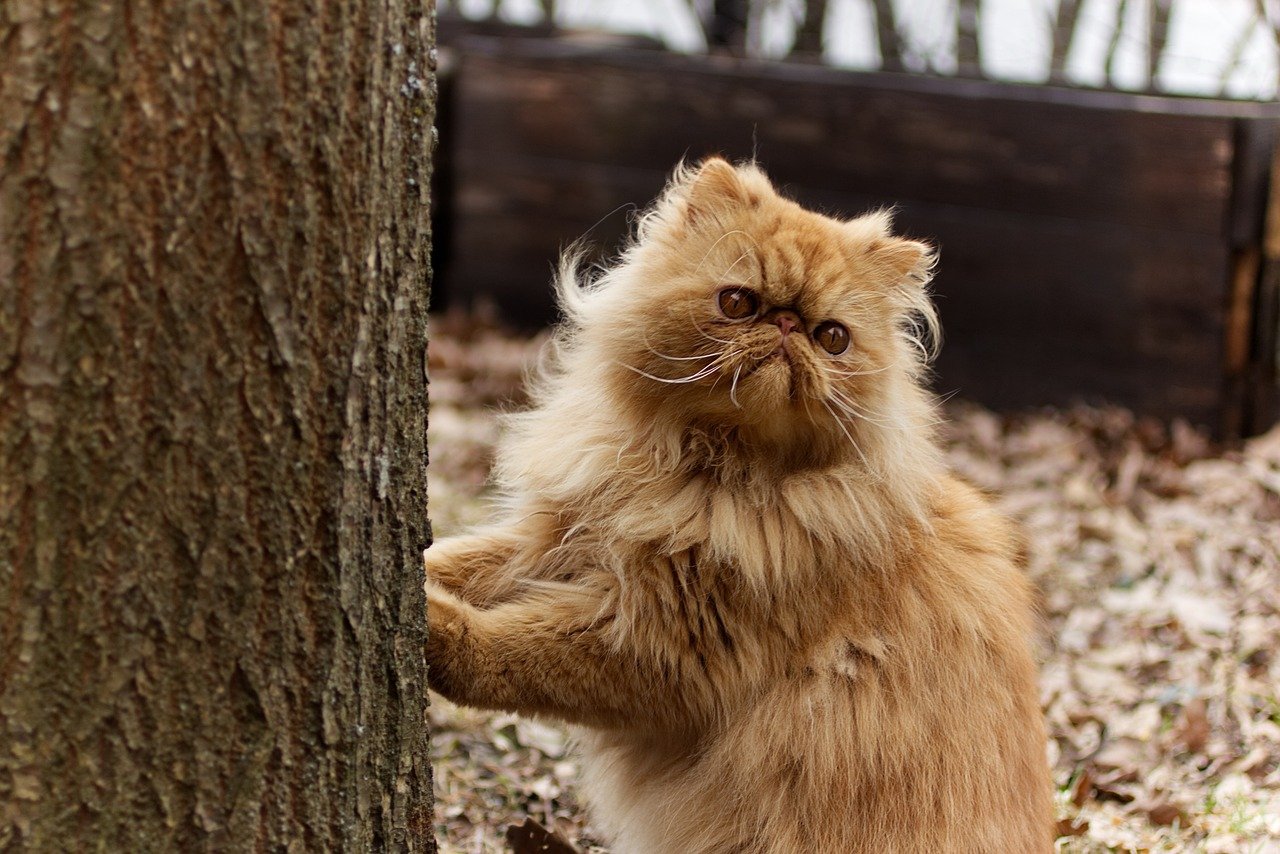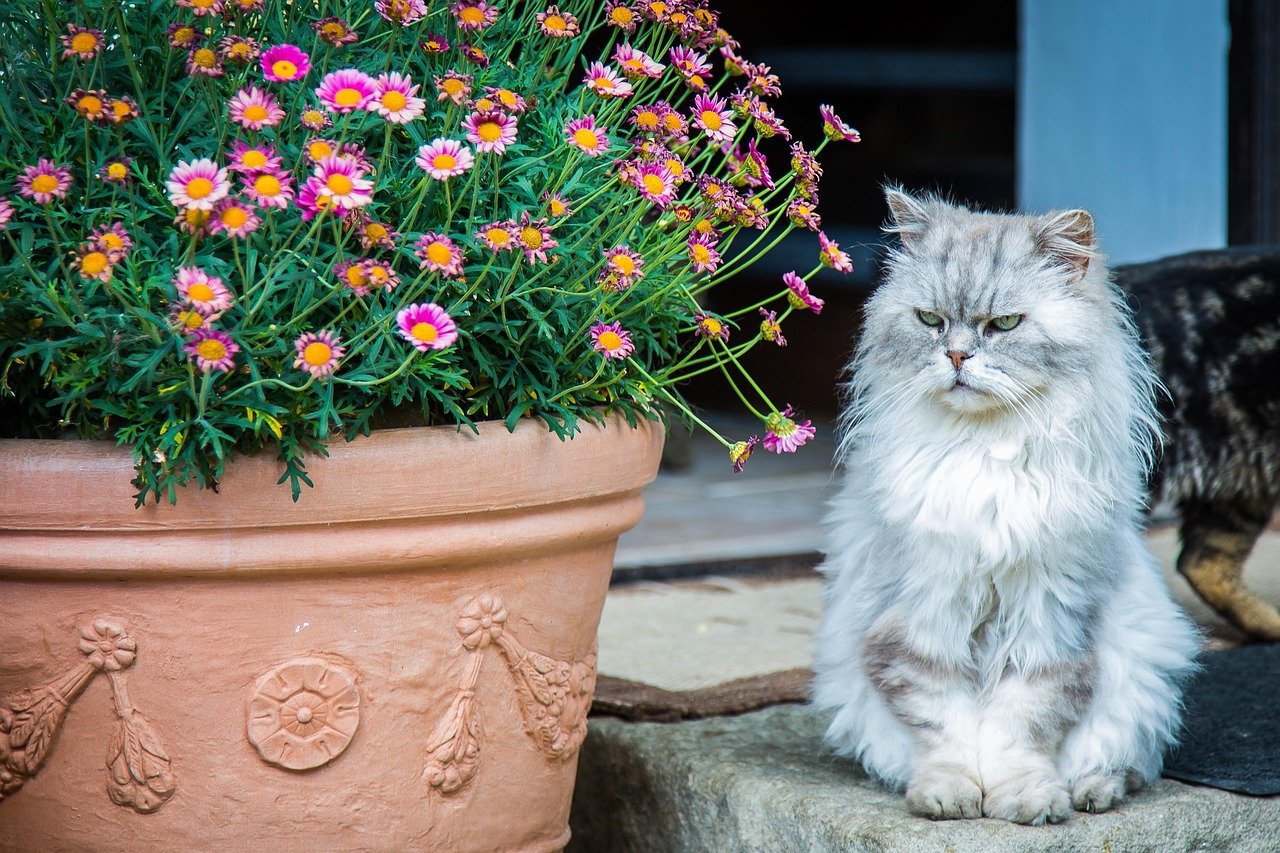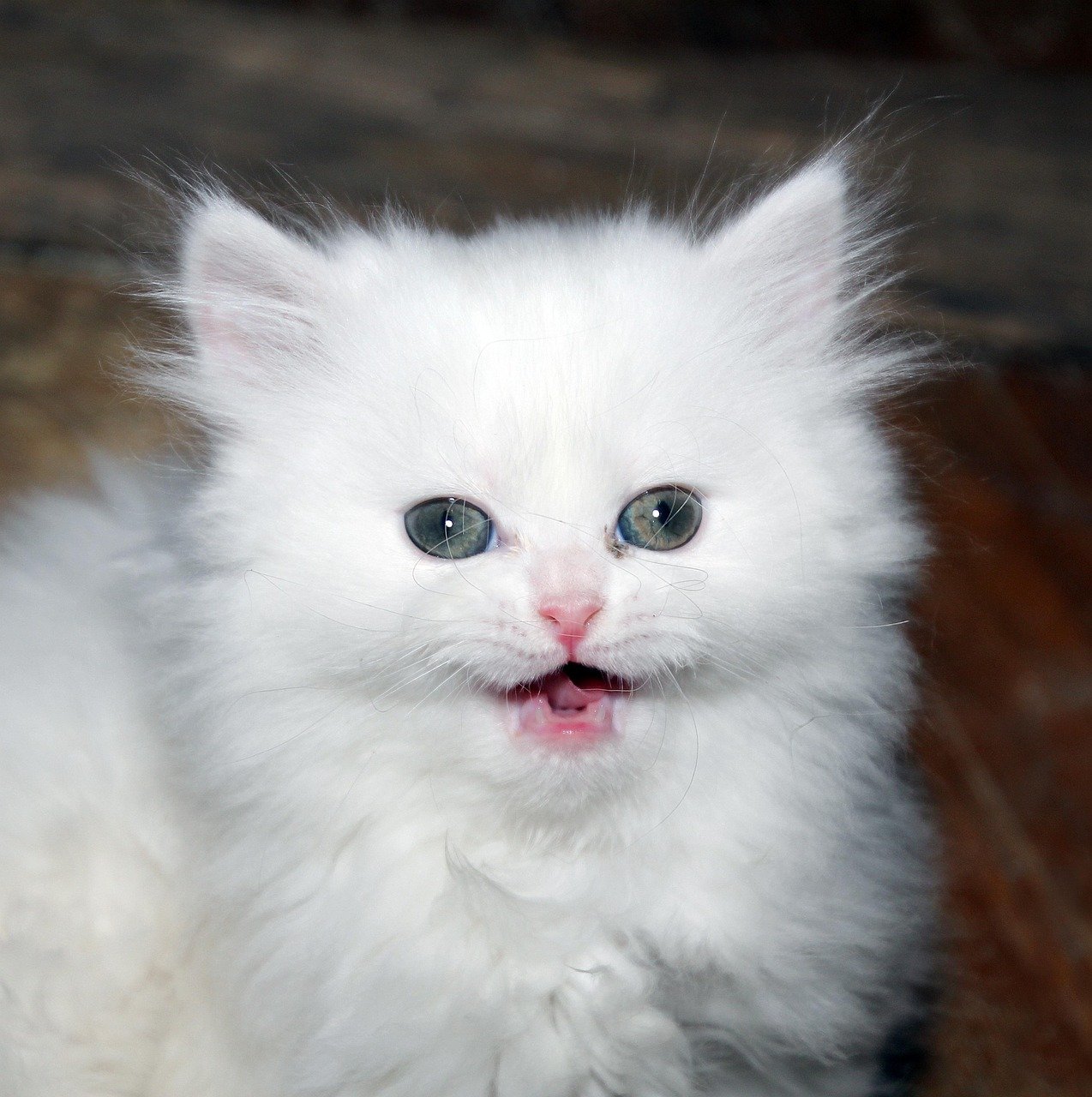Persian cats are undeniably one of the most captivating and elegant breeds in the feline world. Their luxurious coats and gentle demeanor make them a popular choice for cat enthusiasts. However, owning a Persian cat requires more than just admiration for their beauty. Before bringing one into your home, it’s essential to understand the specific needs and characteristics of this breed. This guide will walk you through ten crucial aspects to consider, ensuring that both you and your future Persian cat live harmoniously together.
Understanding the Persian Cat’s Unique Appearance

With their luxurious coats, expressive eyes, and gentle personalities, Persian cats are one of the most beloved and recognizable cat breeds in the world. Known for their affectionate nature and laid-back demeanor, they make wonderful companions—but they also come with unique care requirements. From their high-maintenance grooming needs to their specific health concerns, owning a Persian cat is a commitment that requires time, patience, and love.
The Persian cat’s appearance is nothing short of mesmerizing, with their long, flowing coats and distinctive face. These cats have a flat face and large, expressive eyes, which can be quite enchanting. However, this unique appearance comes with its own set of challenges. Their long fur requires regular grooming to prevent matting and tangling. Imagine trying to keep a delicate piece of silk smooth and untangled—that’s akin to maintaining a Persian cat’s coat. Additionally, their flat face can sometimes lead to breathing difficulties, so it’s vital to be aware of these potential issues before deciding to bring one home.
The Commitment to Regular Grooming
If you’re considering a Persian cat, be prepared for a significant grooming commitment. Their luxurious coats are high maintenance and need daily attention. Regular brushing not only keeps their fur in prime condition but also helps to reduce shedding around your home. Think of it as a daily spa session for your cat, which can also be a bonding experience between you and your feline friend. Without this daily care, their fur can become matted and uncomfortable, which can lead to skin issues. Investing time in grooming is part of ensuring your Persian cat’s health and happiness.
Understanding Their Gentle Temperament
Persian cats are known for their calm and gentle nature. Unlike some more active breeds, Persians tend to be more laid-back and enjoy a serene environment. They are perfect companions for those who appreciate a quieter home setting. Think of them as the aristocrats of the cat world, preferring a life of leisure and comfort. While they are affectionate, they may not demand constant attention, making them ideal for individuals who enjoy companionship without the need for high-energy interaction. Their placid nature makes them great pets for families and individuals alike.
Health Considerations and Common Issues

Before getting a Persian cat, it’s important to be aware of some health issues commonly associated with the breed. Their flat faces can lead to breathing problems, and their eyes may require regular cleaning due to tear staining. Additionally, Persians are prone to certain genetic conditions, such as polycystic kidney disease. It’s crucial to have a reliable veterinarian familiar with the breed to monitor their health regularly. Understanding these health considerations will help you provide the best care possible and catch any potential issues early on.
Creating the Perfect Environment

A Persian cat thrives in a calm and stable environment. They prefer cozy, comfortable spaces where they can relax and observe their surroundings. Providing them with soft bedding and a quiet corner can make all the difference in their comfort. Imagine creating a little oasis of tranquility just for your Persian cat. They appreciate routine and consistency, so sudden changes in their environment or schedule might cause stress. Ensuring a peaceful and predictable home is key to keeping your Persian cat content.
The Importance of Quality Nutrition
Like all pets, Persian cats require a balanced diet to maintain their health and vitality. Their dietary needs may differ slightly due to their unique physiology. High-quality cat food that supports their coat and overall health is essential. It’s like fueling a high-performance vehicle with premium fuel—your Persian cat will thrive on the right diet. Consulting with a veterinarian to determine the best feeding regimen and any necessary supplements can help keep your Persian in optimal health. Remember, a well-fed cat is a happy cat, and this is especially true for Persians.
Socialization and Interaction Needs

Persian cats enjoy social interaction, but they may not be as demanding as some other breeds. They appreciate gentle play and quiet companionship. Think of them as the introverts of the cat world, who enjoy company but also value their alone time. While they can be independent, they still need socialization and mental stimulation. Providing interactive toys and engaging in regular play sessions can keep them entertained and mentally sharp. Balancing their need for solitude with opportunities for interaction is key to their well-being.
The Cost of Owning a Persian Cat

Owning a Persian cat can be a financial commitment. From grooming tools and high-quality food to regular veterinary visits, the costs can add up. It’s important to budget for these expenses before bringing a Persian cat into your home. Consider it an investment in their quality of life and your own peace of mind. Additionally, purchasing from a reputable breeder who conducts health screenings can ensure you’re bringing home a healthy kitten, which can save on potential medical costs down the line.
Finding a Reputable Breeder

If you’ve decided that a Persian cat is the right fit for you, finding a reputable breeder is crucial. A responsible breeder will prioritize the health and well-being of their cats and be transparent about any potential genetic issues. It’s akin to doing thorough research before making a significant purchase—ensuring quality and integrity. Visiting the breeder, asking questions, and observing the conditions in which the cats are raised can provide peace of mind. A reputable breeder will also offer support and guidance as you transition your new cat into your home.
Preparing for Lifelong Companionship
Bringing a Persian cat into your life is a long-term commitment. These cats can live up to 15 years or more, making them lifelong companions. It’s essential to be prepared for the journey, from their playful kitten days to their golden years. Think of it as a journey filled with love and companionship, where both you and your Persian cat grow and adapt together. Understanding the responsibilities involved and embracing the joys they bring will make for a fulfilling and rewarding relationship. Your Persian cat will not only be a pet but a cherished member of your family.

Born and bred in South Africa, a Capetonian at heart. Amy-Leigh’s love for nature and animals was inherited from her Dad. He loves taking the family on road trips to experience nature at its finest; Amy-Leigh’s favourite being whale watching in Hermanus and spotting Kudu along the West Coast. Amy-Leigh holds a BA in English Literature and Communication Studies.





